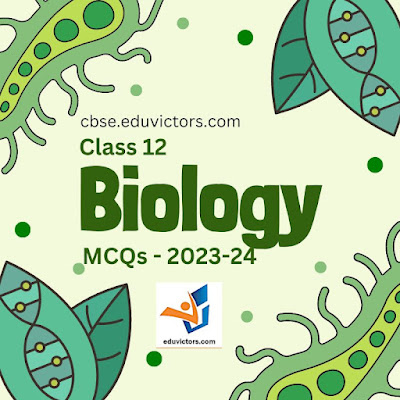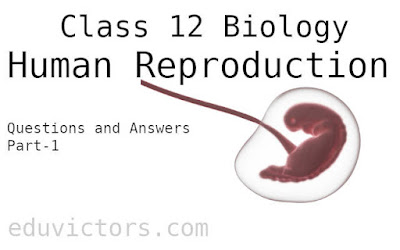Class 12 Biology | Chapter - Reproductive Health - Short Answer Based Questions
Q1. What is the definition of "Reproductive Health" as defined by WHO?
Answer: According to World Health Organisation (WHO) reproductive health means total well-being in physical, mental, emotional, behavioural and social aspects of reproduction.
Q2. What is amniocentesis?
Answer: Amniocentesis is a prenatal diagnostic technique used to determine the sex and metabolic disorder of an unborn foetus. This technique is often misused to kill an unborn normal female fetus.



















